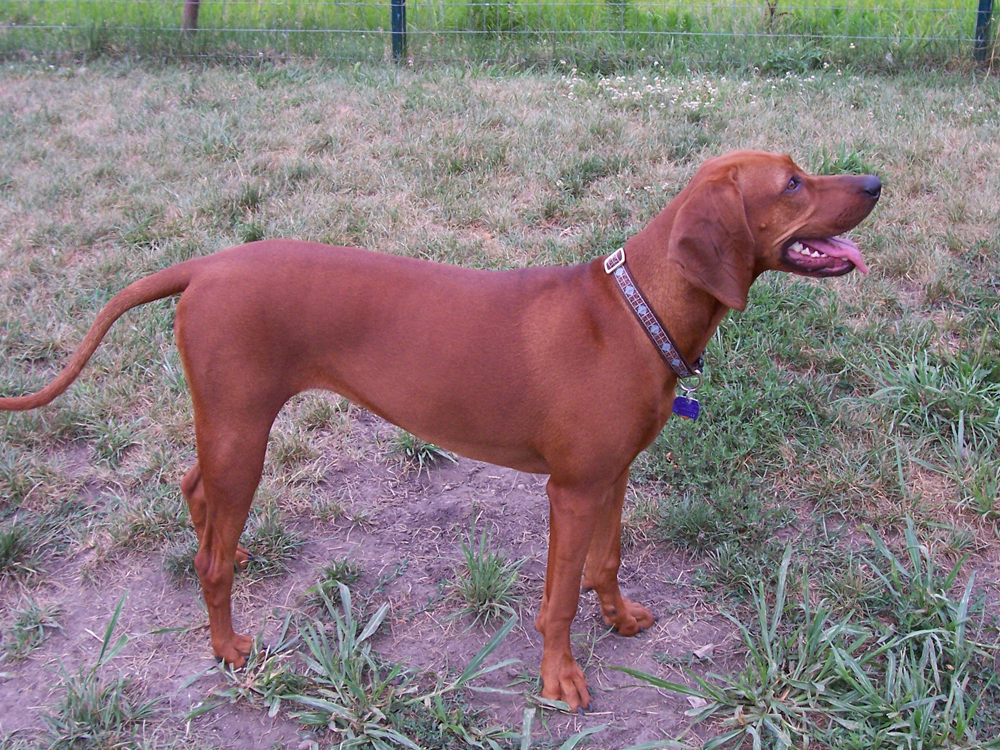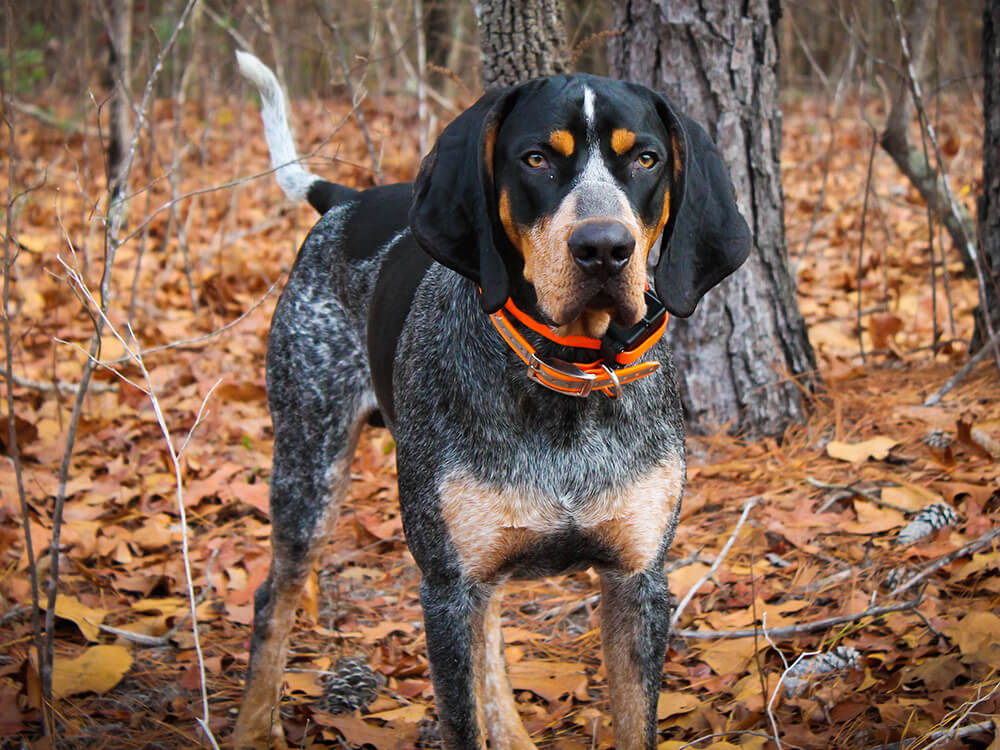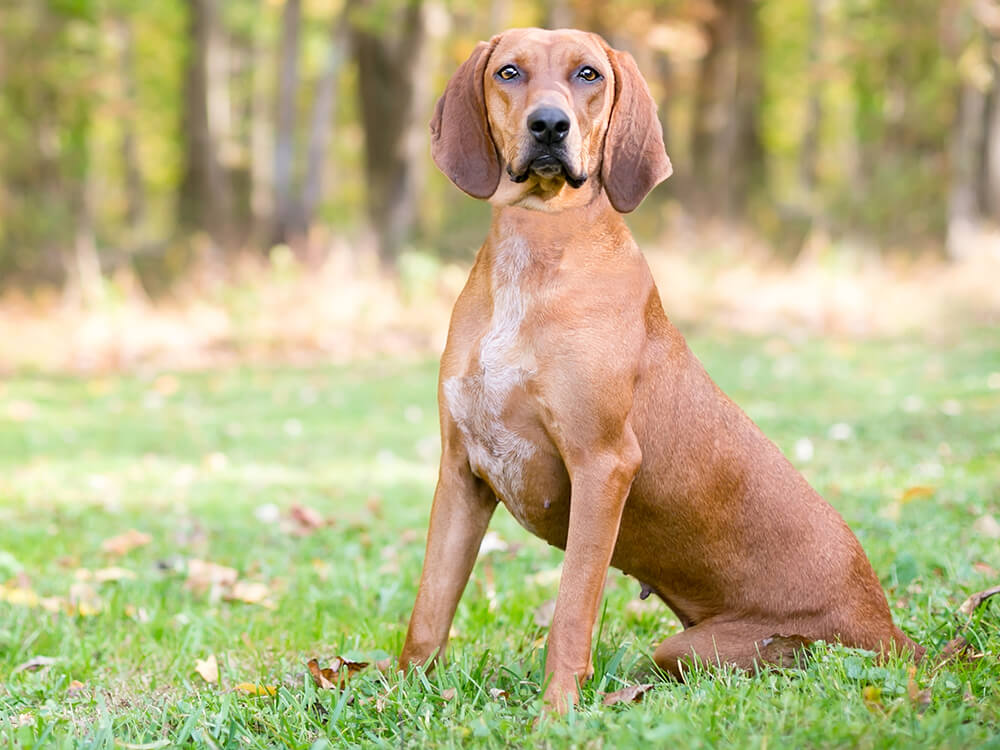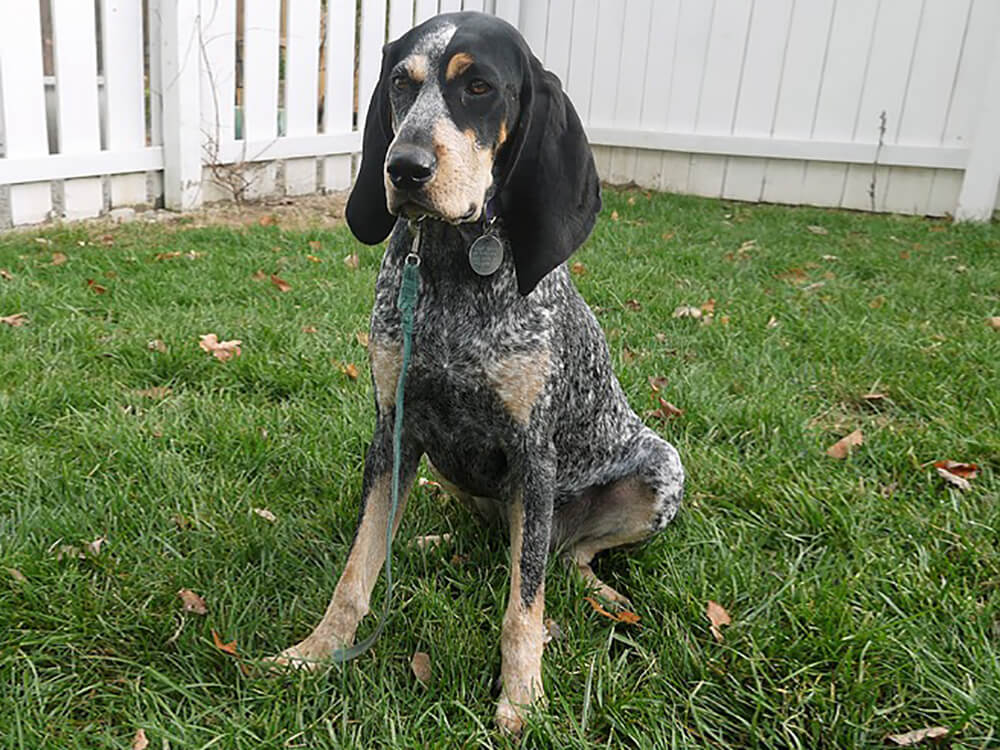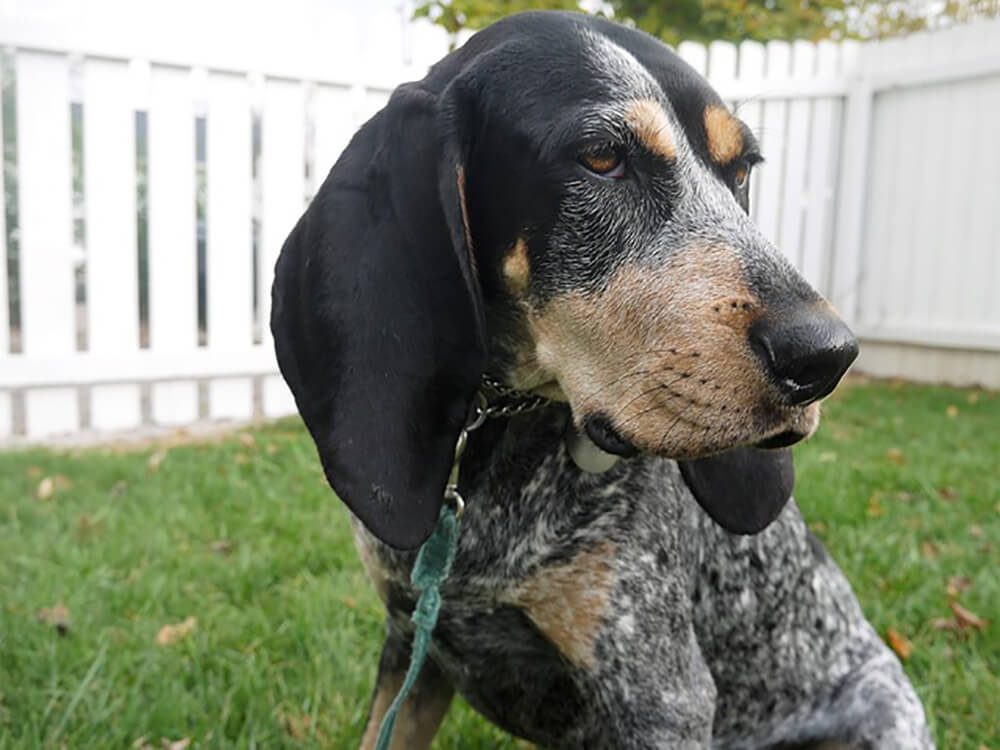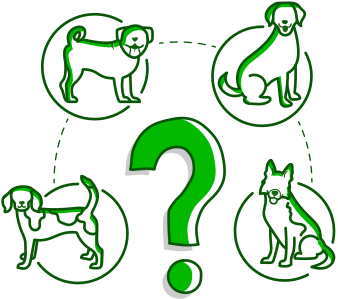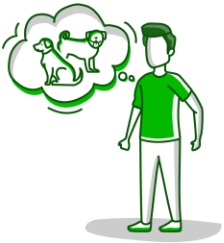
Coonhound Breed Pictures
Vital Breed Stats
| Height: | 63 - 68 cm M | 58 - 63 cm F |
| Weight: | 22 - 34 kg M | 22 - 34 kg F |
| Breed Group: | Toy Dog Group |
| Life Expectancy: | 10 - 13 years |
| KC Registered: | No |
Breed Characteristics
| Size: |  |
| Grooming: |  |
| Exercise Level: |  |
| Barking Level: |  |
| Good with Children: |  |
| Good with other pets: |  |
| Affectionate: |  |
| Protective: |  |
| Cost to Keep: |  |
Give a thumbs up if you love the Coonhound

0
More About the Breed
History
The origin of the Coonhound can be traced back to the ancestry of the American and Virginia Foxhounds as well as Bloodhounds that were imported from England during the colonial times.
Originally, there were the Black and Tan Coonhounds that were bred as working and hunting dogs in North America. They have been used to primarily hunt racoons as well as bobcats, cougars, deer, elks, and wild boars. Coonhounds have been used for hunting and tracking since the late 1700s.
The Coonhound has six distinct breeds. The Black and Tan Coonhound was first recognised by the United Kennel Club as an official breed in 1900. The Redbone Coonhound in 1902 followed by the Red-Tick Coonhound in 1905. The fourth Coonhound, tri-coloured Treeing Walker Coonhound and the Blue-Tick Coonhound and were recognised in 1945 and 1946 respectively. The Plott Hound, a dark brindle coloured breed was the last to be recognised in 1946. It is not yet recognised by The Kennel Club.
Appearance
The Black and Tan Coonhound is a sturdy looking dog that is strong, agile with incredible stamina during a hunt. It is a medium to large dog, standing 50 to 75 centimetres and weighing between 75 and 100 pounds. The Black and Tan Coonhound’s length is usually equal to its height, albeit some are a bit longer than they are tall. Some physical characteristics inherited from its Bloodhound forefathers include its build, long low-hanging ears, cold nose and colouring. The Black and Tan Coonhound also has round, hazel and brown eyes that often look pensive.
Black and Tan Coonhounds have short and dense coats that are fine and glossy. This glossy characteristic offers this breed protection against the weather and the bush as it worked in the hunting field. The coat colours are naturally black and tan, with black being the base colour and tan appears as markings around the eyes, sides of the muzzle, chest, legs and thighs.
Grooming
Temperament
Intelligence
This dog breed is intelligent but does not respond well to harsh correction or strict training methods. Providing positive reinforcement during training is essential. Considering the training required to handle a Coonhound, it is not suitable for first-time dog owners. Also, as a member of the hound family, Coonhounds will need to know the alpha in the pack which in this case is you. Letting them know who the leader is in the pack, will make obedience training easier.
Black and Tan Coonhounds are excellent family pets. They get along well with children of all ages. However, like any dogs, it should not be left unsupervised with children. Since they operate in packs, Coonhounds get on well with other dogs. However, smaller pets are a different matter. Black and Tan Coonhounds have a high prey instinct that may prove difficult to curb.
Nutrition
Activity level also plays a significant factor when it comes to a dog's calorie requirement.
For example, here's a typical calorie needs of an adult Black and Tan Coonhound per day:
- Senior and less active: up to 1,140 calories daily
- Typical adults: up to 1,390 calories daily
- Physically active: up to 2,200 calories daily
Feeding
Health
Exercise
Cost of Ownership
If you are looking to get a Black and Tan Coonhound, make sure that you are financially prepared. For instance, you need to have at least £600 then to £950 to buy a Coonhound puppy from a reputable breeder. Pet insurance is another thing, which you should factor in to help you manage costs in case of accidents or sudden illnesses. You can choose between a basic cover (£20/month) and a lifetime cover (£42/month). However, paying for a pet insurance does not exempt you from other costs for veterinary consultations and initial vaccinations. You also need to add annual boosters and costs to neuter. All these treatments and procedures will quickly cost you around £1,000 annually.
Overall, owning a Coonhound will roughly cost you about £70 to £100 a month. However, the actual amount will depend on the level of insurance cover you select for your dog and the training you may wish to enrol your Coonhound.
Is a Coonhound Right for You?
- Coonhounds, being scenthounds, get easily distracted by various scents.
- They are extremely active and will need at least 60 minutes of daily exercise.
- Coonhounds are not a recommended breed for new dog owners.
- Coonhounds are gentle and even-tempered.
- They can't be trusted too much with smaller pets due to their strong prey instincts.
- Coonhounds are intelligent but may be challenging to train.







